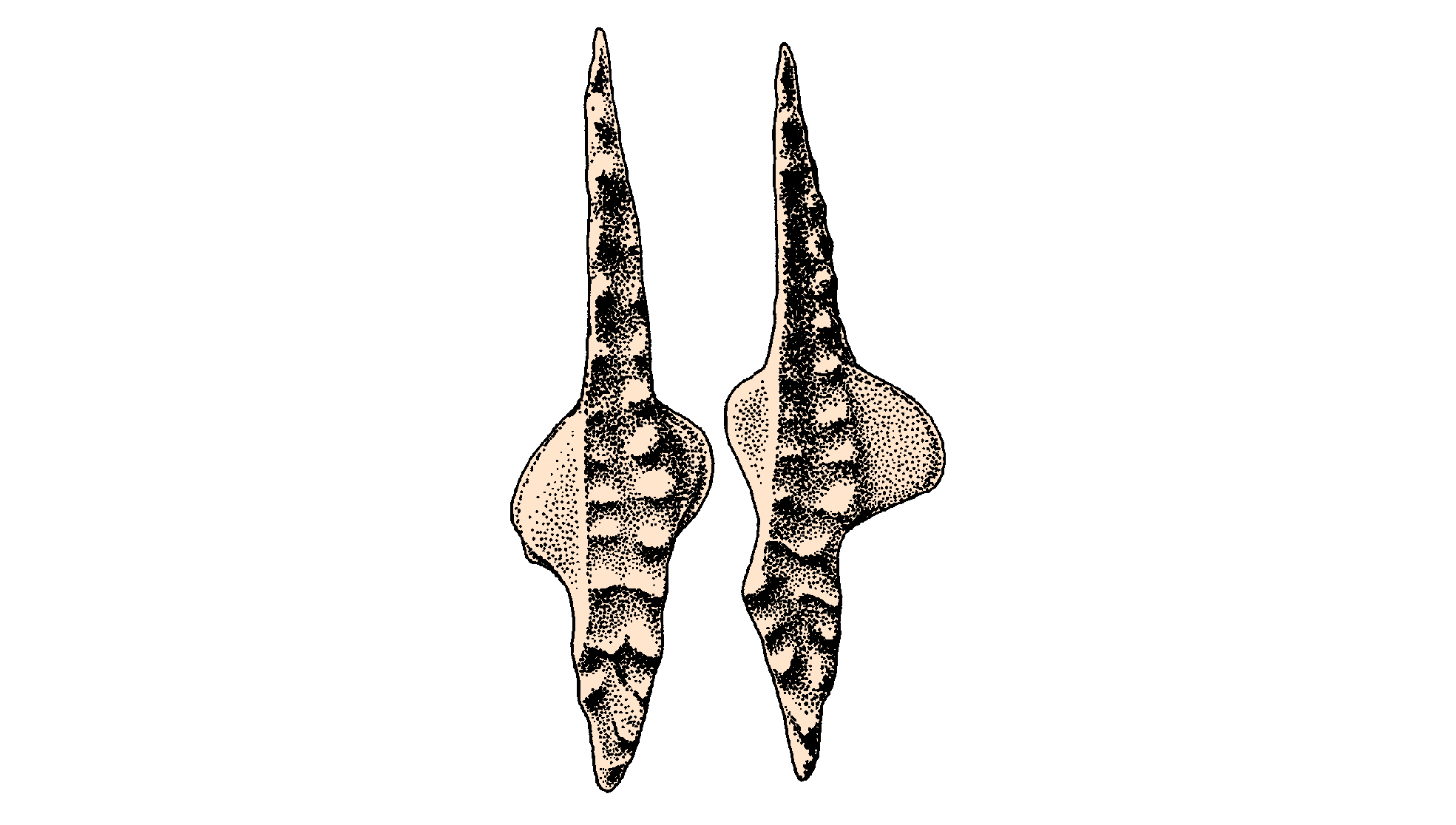Gromada CONODONTOPHORIDA » Podgromada EUCONODONTA » Rząd Ozarkodinida » Podrząd Ozarkodinina » Rodzina Cavusgnathidae » Rodzaj Pseudopolygnathus »
Pseudopolygnathus aculeatus (Branson & Mehl, 1934)
Sugerowana cytacja: Dzik, J. 2015. Pseudopolygnathus aculeatus (Branson & Mehl, 1934) . Ikonoteka (http://ikonoteka.paleo.pan.pl/xwiki/bin/view/Species/Pseudopolygnathus+aculeatus)


